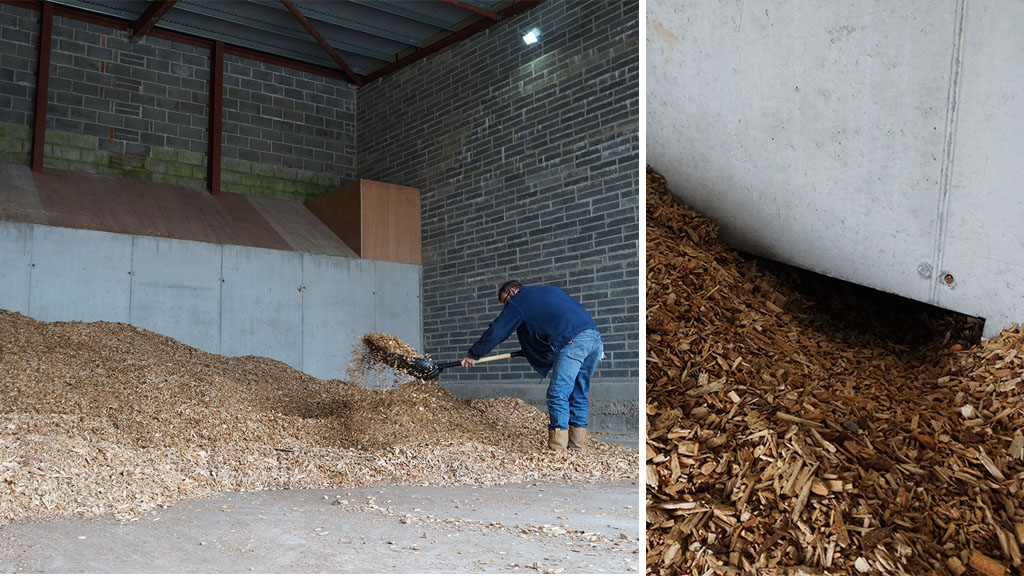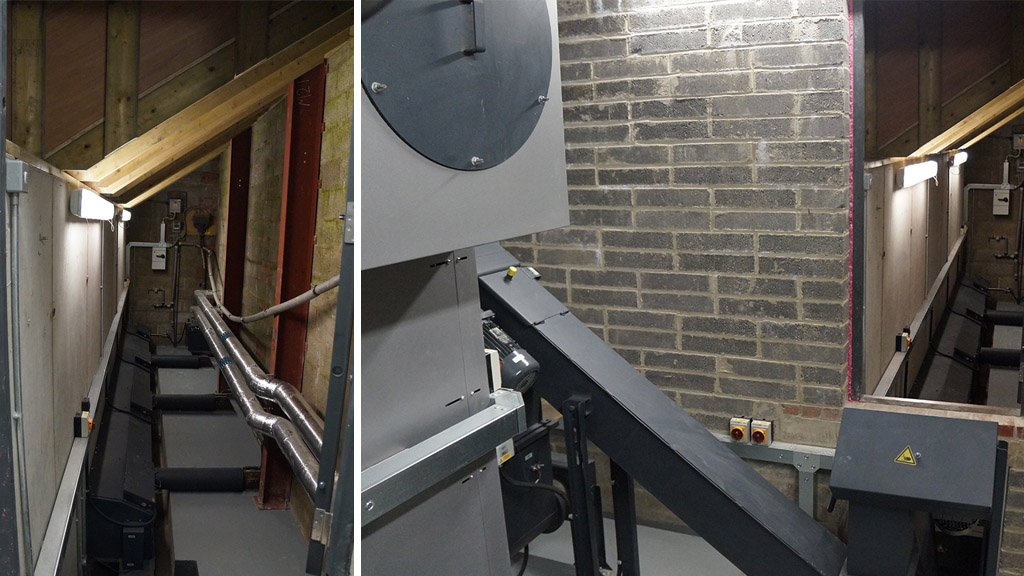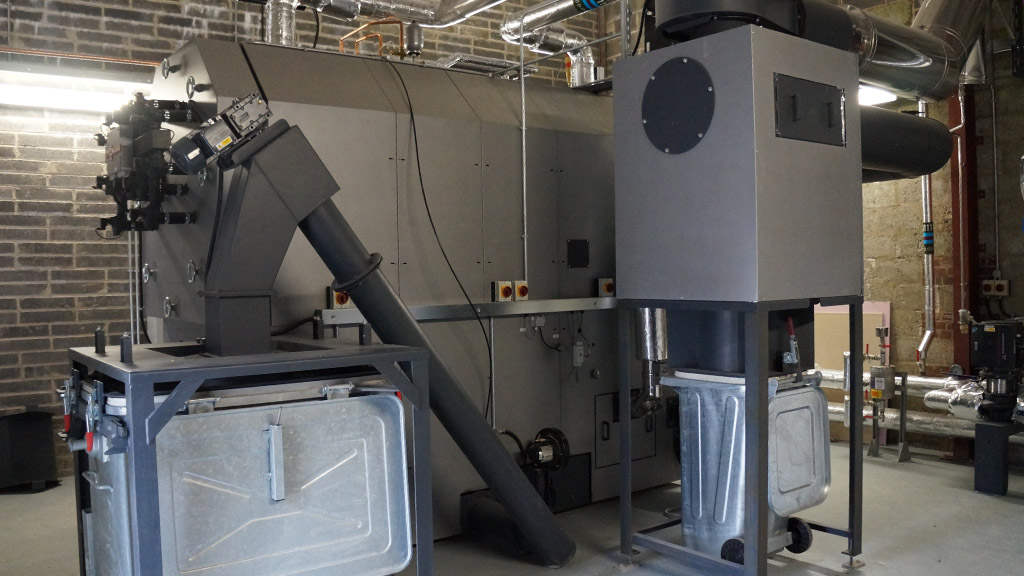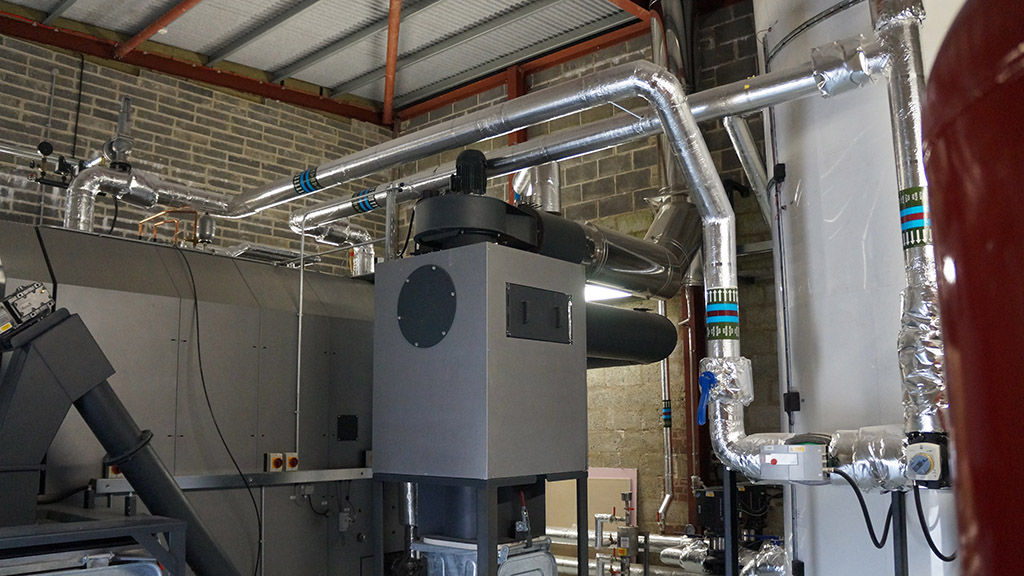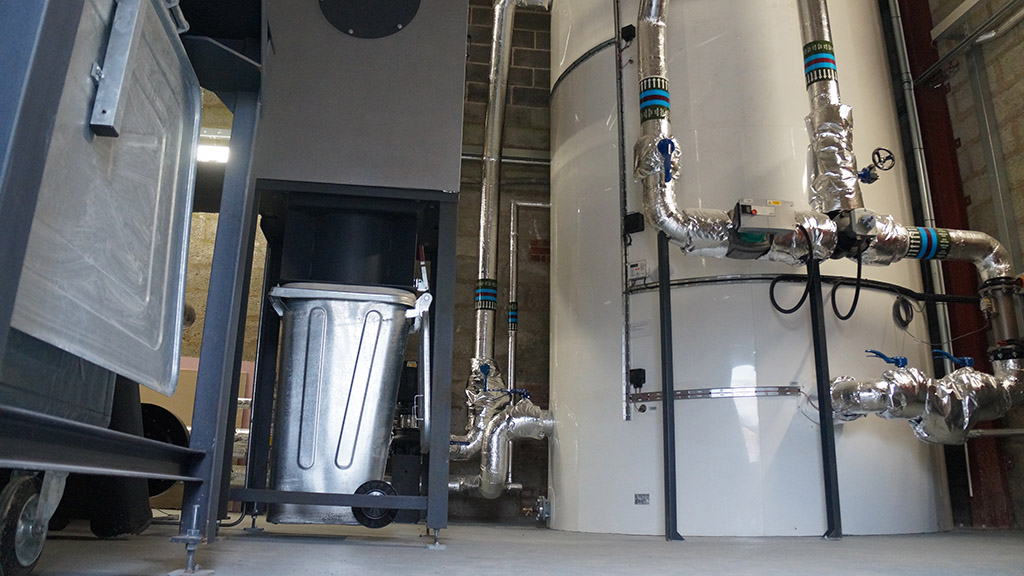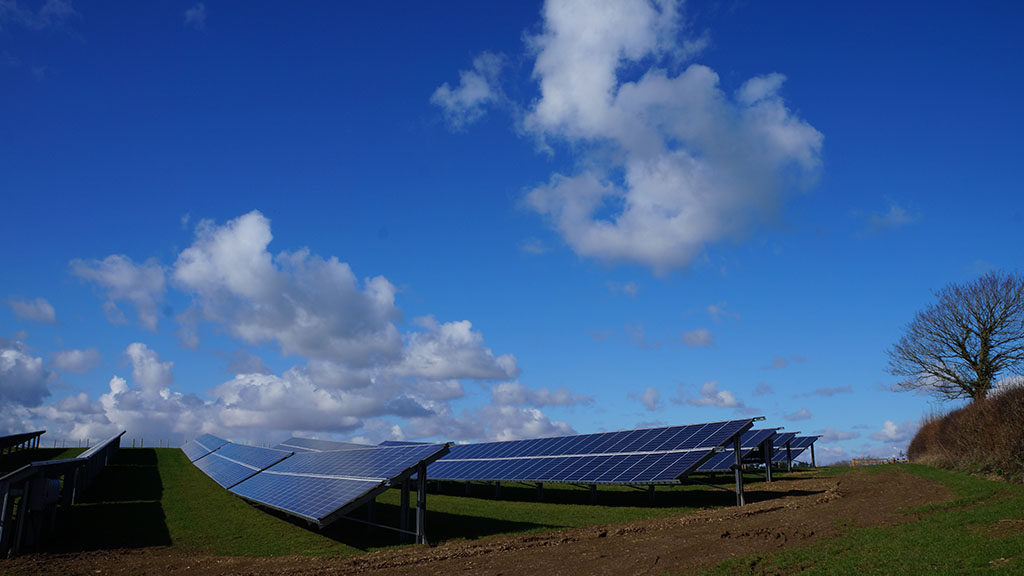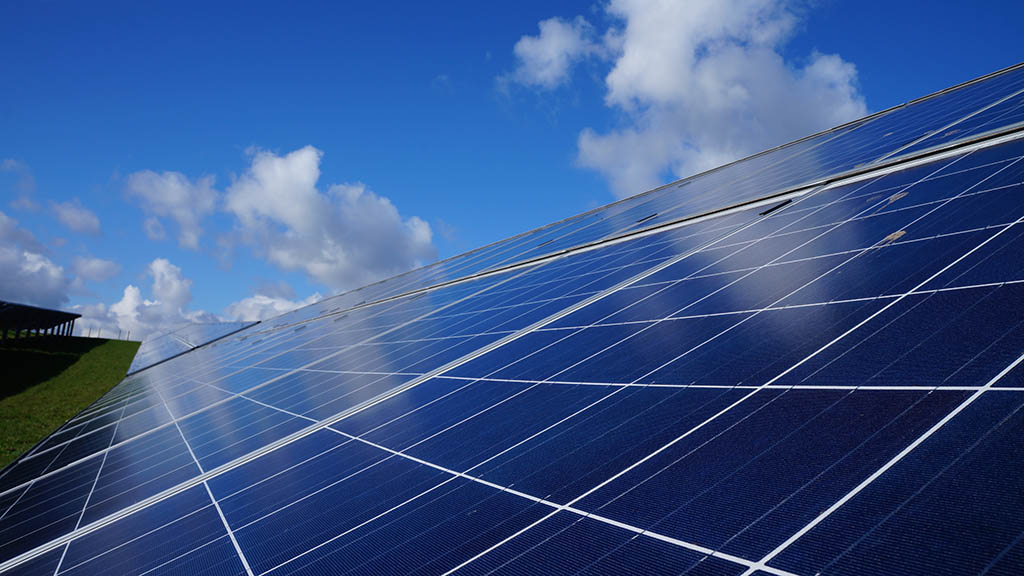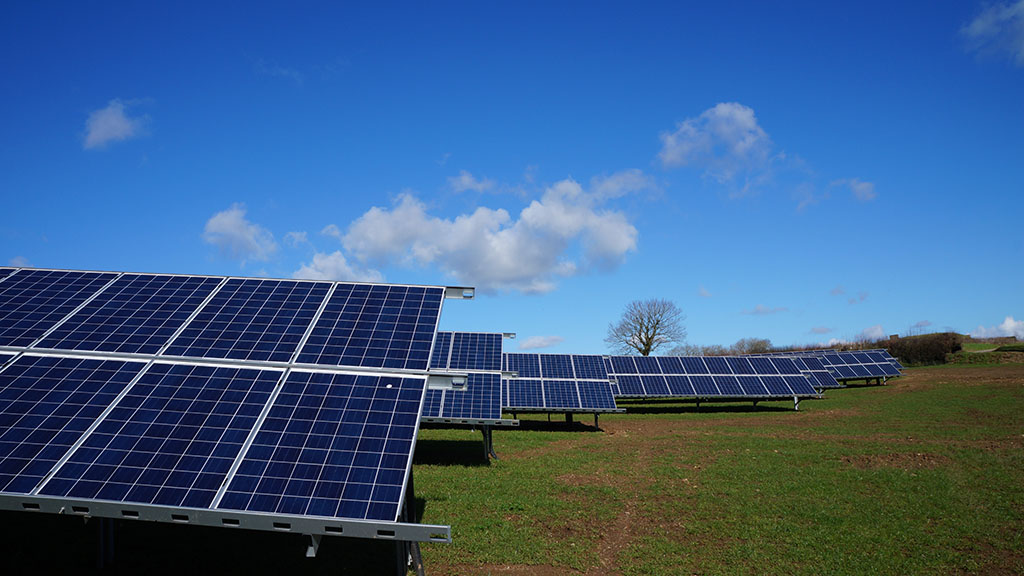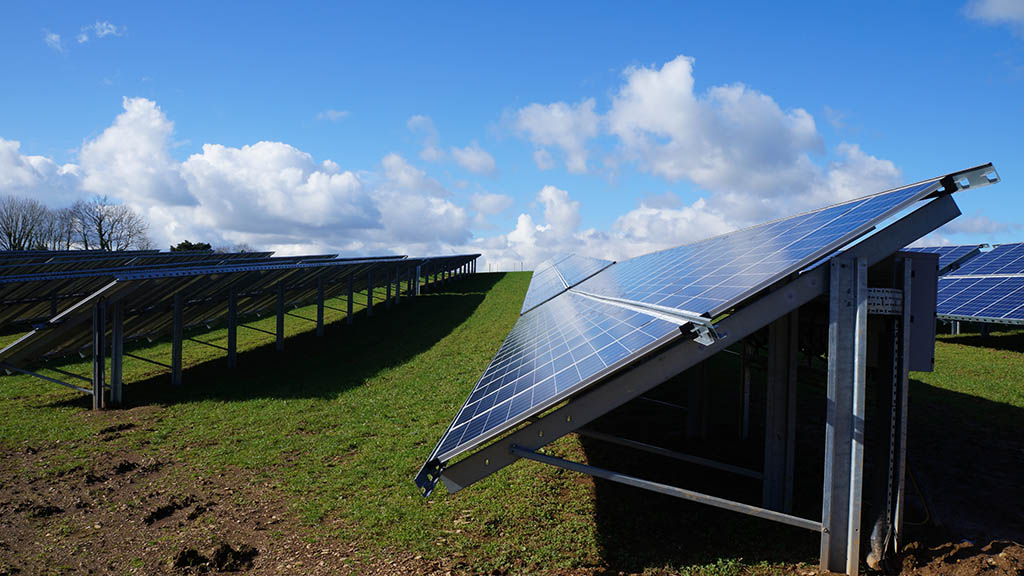Renewables at Dartington
At Dartington, a significant proportion of our energy is produced via renewables, in the form of two 950kw biomass boilers and a 500kh(p) solar-PV array.
It’s all part of Dartington’s commitment to clean energy, and our investment in these technologies has reduced our carbon emissions by 725 tonnes and fuel bills by £160,000 each year.
Biomass boiler
The Dartington estate was previously home to a large number of oil-fired boilers costing upwards of £350,000 a year to run – with half of this sum required to heat the Grade I listed medieval Courtyard containing the oldest and largest buildings on the estate. The new biomass boilers cut our carbon emissions by 400 tonnes, and help save us £80,000 a year. All our woodchip is sourced sustainably from near Frome, Somerset using offcut wood.
Gallery: How does our biomass boiler work?
Stage one: Wood chips added
The boiler is fuelled by wood chips, which are deposited by lorry into the storage area. The back of the storage area seen on the left has a feeding window at its base (right) through which chips are pulled through.
Stage two – Chips get taken to the boiler
The left-hand side of the left-hand image is the back of the wood chip storage area. The black metal ‘walking floor auger system’ seen here pulls the chips up and into the boiler (right).
Stage three – Fuel burning
This image shows the whole boiler. It contains a fixed sensor beam inside which should always be interrupted by wood chip fuel. If the beam is unbroken the conveyor belt pulls more chips into the boiler.
Stage four – Heating the accumulator tank
The heat generated by burning the chips passes along space-age looking pipes to heat water in this gigantic white accumulator tank (right).
Stage five – Hot water leaves the system
The hot water joins underground pipes that distribute hot water to the nearby buildings. The residue from the boiler, representing 0.7% of the wood chip burnt, is kept in a surprisingly small silver box (seen here on the left) and can be used as an additive for compost.
Solar array
Dartington’s solar-PV array was installed by Molesolar Plus. It is expected that 77% of the electricity generated will meet 30% of the estate’s needs through its existing high voltage distribution network.
The remaining 23% of electricity will be contributed to the national grid. The array, which is positioned in a field on the north of Upper Drive just beyond a row of estate homes, is set to cut Dartington’s carbon emissions by 325 tonnes and save the Trust £80,000 a year.
Dartington aims to graze sheep in the field so panels have been raised at the lower end to allow sheep to pass under them. The AC/DC inverters will be protected by fencing to prevent the sheep gaining access and damaging the equipment.

